Better Late Than Never
For most of us, planning the 2021 crop year started in earnest over a year ago. We planned the work, then we worked the plan. Unless you farm in the very northern region of Photo taken early December 2020. the state, most plans included completing harvest by the end of October. Yet here we are with a portion of our corn and soybeans still standing waiting for drier crops and fields. Some of us had included planting cover crops either for the first time, or as a continuing practice. I fall in the latter category. As we have become [...]
Are Your Crops Networking?
In my blog from July 26, 2021, I discussed ‘The Hidden World Beneath Your Feet,’ a look at some of the microscopic inhabitants of the soil that influence soil health and crop productivity. In this article, we will take a closer look at mycorrhizal fungi to understand what they are and why they might be important to crop productivity. Are your crops networking? I am not suggesting that your soybean plants should attend a cocktail party or join a popular online networking app. Instead, I am referring to the presence of mycorrhizal fungi in the soil and the association [...]
The Air You Breathe
In last month’s blog ‘The Hidden World Beneath Your Feet,’ we looked at some of the microscopic inhabitants of the soil that influence soil health and crop productivity. In this article, we will take a closer look at how soil microbes participate in soil nitrogen cycling, and ultimately the movement of nitrogen from the atmosphere into forms that enable life on earth. The air you breathe – that may seem like an odd way to begin a discussion about soil biology, but have you ever paused to consider where most of the nitrogen present in our environment is located? [...]
STARting a Plan for Success
To many farmers, planning for next year’s crop is not easy and involves agronomic, financial, business, and legal decisions. Where to start? What factors should be included in the process? Where can improvement be made and how? That’s where it can be important to keep simple, clear records to interpret and measure success that will help map out improvements. For conservation decisions, specifically, this can be difficult. Measuring soil health is not straightforward and many variables play into it, such as weather, temperature, soil type, etc. So what if we try to make it simple? What if we go [...]
Why Should I Care About Soil Health?
Everywhere you turn, the words “soil health,” “regenerative,” and “sustainable” are buzzing in the agriculture space. There are carbon credit markets, EQIP and CSP programs, and more N.G.O. programs than I can begin to name out there, each offering differing incentives in this space. If you are reading this hoping for insight on the meaning of “sustainable” or “regenerative,” I cannot offer any insight. If you are hoping to get direction on what programs are available to subsidize these practices, again, I am not an expert in that space and cannot provide you direction. However, what I can offer [...]
Soil Erosion
Illinois soils are some of the most fertile and desirable soils in the world. Soils—comprised of minerals and organic matter—are heavily influenced by climate (water, temperature), biology, humans and time. Illinois soils were largely shaped and influenced by the glacial activity that took place prior to modern cultivation. This activity allowed Illinois soils to develop deep soil layers of the A horizon, B horizon and organic matter. It’s these layers that allow for high crop productivity in the modern agriculture production era. Soil Organic Matter is comprised of dead plant parts, living plant parts and living microorganisms. It’s the [...]
Enhancing Soil Health to Improve Nutrient Management
Regardless of your operation’s soil health system, nutrient management is impacted by it in one way or another. There’s no debate that improving crop yield, soil health and water quality is synonymous with good nutrient stewardship and heightened conservation practices. Achieving sustainable crop productivity depends on minimizing disturbance and maximizing nutrient use efficiency. For years, we believed nitrogen, phosphorus, potassium and soil organic matter content are good predictors of plant growth and high functioning soil, but that is no longer true. “Contrary to belief, the fungal-bacteria ratio is the best indicator of soil health,” says Doug Peterson, Regional Soil [...]
Soil Biology: Shaping the Future of Your Farm
In recent years, regenerative agriculture has been all the buzz. While the concept is not new, awareness of enhanced soil biology is more prevalent now than ever. So, how do you achieve soil that’s not only deep and rich in color, but also draws down carbon and is resilient in the face of numerous issues? There’s no single solution, but healthy soil practices can rebuild organic matter and restore degraded soil biodiversity. Currently in the U.S., 1.6 billion metric tons of topsoil erodes every year, according to Dr. Kris Nichols, soil microbiologist, KRIS Systems Education & Consultation. If that [...]
Aggregates are Essential for Healthy Soil
Have you ever picked up a handful of soil and watched it break apart into tiny pieces? If so, you were looking at aggregates—groups of various sized soil particles that bind to each other more strongly than to adjacent particles. While there are numerous ways to evaluate soil health, aggregates are primary factors. These collections of soil components are made of sand, silt, clay and other organic material, and they play a major role in soil structure formation and stability. Aggregates are broken down into two categories based on function—micro and macroaggregates. Microaggregates are extremely small components of macroaggregates [...]
Consumer Demand for Soil Health
Illinois Sustainable Ag Partnership (ISAP) hosted a risk management webinar series this summer. Recaps of the presentations and a link to the full presentations will be provided here after each webinar. The July 2 webinar focused on consumer demands for soil health and the impact of supply chain needs on farmers. Jonathan Coppess from the University of Illinois at Urbana-Champaign kicked off the presentation with some of the current trends in sustainability and policy that have direct impact at the farm gate. Third party evaluations are being used by investors, asset managers, and financial institutions to rate the sustainability [...]

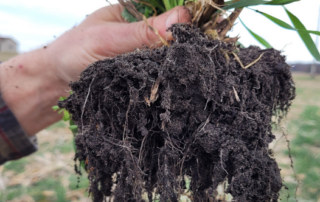
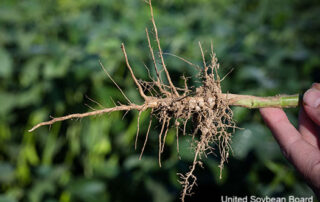

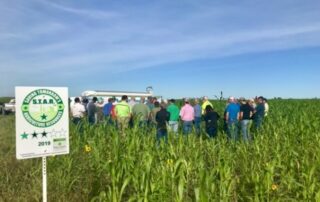
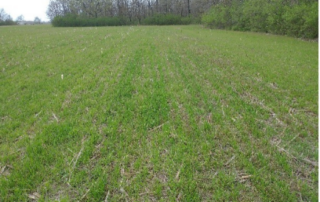
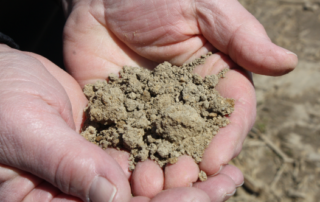
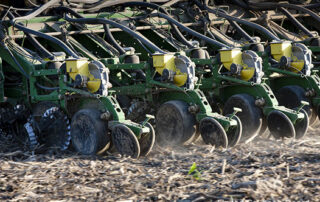
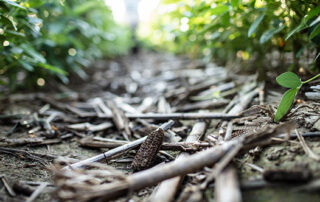
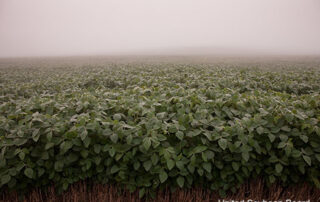
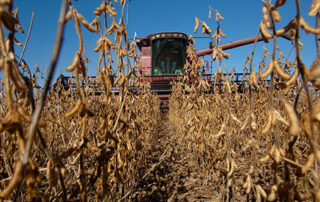

 and then
and then